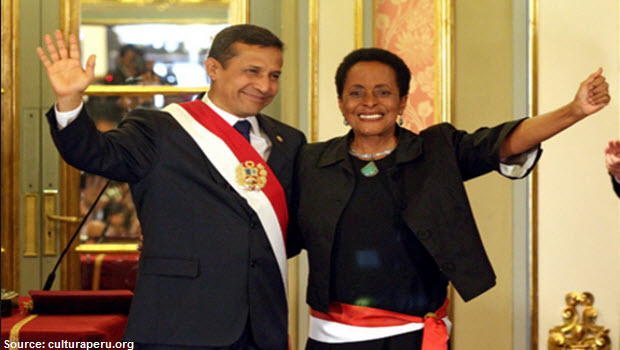
Pressure mounts to increase Machu Picchu visitor limit ahead of UNESCO expert’s visit
Peru’s Culture Minister Susana Baca warned that allowing a major daily increase in the number of tourists to Machu Picchu could mean not only the deterioration of the Inca Citadel, but also risk the wrath of UNESCO, which could add Peru’s top tourist attraction to an infamous list of endangered sites.
Peru’s Tourism Ministry recently contended in a report that Machu Picchu could handle up to 5,479 visitors per day.
Baca told tourism trade publication T-News that that conclusion was under review, but added that in the meantime, the maximum number of visitors remains at 2,500 people per day.
“We must take care of our patrimony,” she said. “What would we prefer, to kill Machu Picchu or to maintain it?”
Baca said an Egyptian specialist from UNESCO is scheduled to arrive to Cusco in October to analyze the situation.
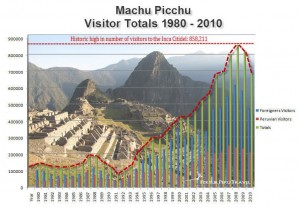 Deputy Minister of Tourism, Claudia Cornejo, said Baca, as Culture Minister, is entitled to assess the carrying capacity of Machu Picchu, but added that the final decision rests with the recently installed Management Unit of Machu Picchu Sanctuary, which is comprised of representatives from her ministry and Cusco’s Regional Government.
Deputy Minister of Tourism, Claudia Cornejo, said Baca, as Culture Minister, is entitled to assess the carrying capacity of Machu Picchu, but added that the final decision rests with the recently installed Management Unit of Machu Picchu Sanctuary, which is comprised of representatives from her ministry and Cusco’s Regional Government.
“I understand that the Culture Ministry will conduct its own research with foreigners. They are within their rights to do so,” she said. “What we’re looking for is that they do it quickly. That is, if you want to bring in people from the outside to analyze things, we fully support it, but do it quickly.”
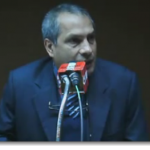 Víctor Carlotto, director of Regional Geology of Peru’s Geological Mining and Metallurgy Institute (Ingemmet) told Radio Nacional that Machu Picchu could easily handle as many as 6,000 daily visitors, provided their concentration at any one time be controlled and spaced out across the day.
Víctor Carlotto, director of Regional Geology of Peru’s Geological Mining and Metallurgy Institute (Ingemmet) told Radio Nacional that Machu Picchu could easily handle as many as 6,000 daily visitors, provided their concentration at any one time be controlled and spaced out across the day.
“Machu Picchu is one of the few Cultural Patrimony of Humanity sites where people can arrive at seven in the morning and leave at five in the evening with no control and the people come and go as they please. Nowhere else does this happen,” Carlotto said. “Our proposal is to create three or four shifts of, say, three hours, because the circuits take at most two hours. There are short circuits that last an hour and 20 minutes.
“If you created three or four shifts, Machu Picchu could handle four or five or six thousand tourists per day, but at any one time there wouldn’t be more than 1,200 or 1,300 people on the site,” he added. “People would follow predetermined routes with guides in an orderly fashion, as it’s done at sites everywhere else. That’s the way we could do it so everyone can experience Machu Picchu.”
Carlotto and his institute have long contended that the greater danger to Machu Picchu is water filtration and the resulting threat of landslides.
During the Inca occupation of Machu Picchu in the 15th century the buildings and agricultural terraces were protected from heavy rains by an elaborate system of gutters and drains, most famously documented by the paleohydrolic engineer Kenneth R. Wright.
Today, the lack of roofs on the buildings and the lack of preservation of the drains has allowed the water to saturate Machu Picchu’s top soil and penetrate the bedrock, Carlotto said.
The roofs should be rebuilt, and the ancient system of drains restored, he concluded.
If you like this post, please remember to share on Facebook, Twitter or Google+
 Previous Article
Previous Article Next Article
Next Article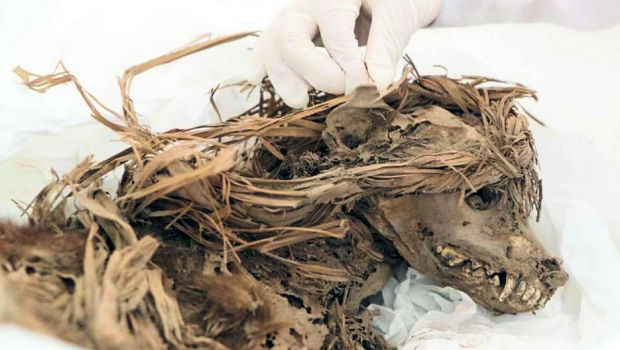 The spiritual afterlife of dogs in Peru
The spiritual afterlife of dogs in Peru 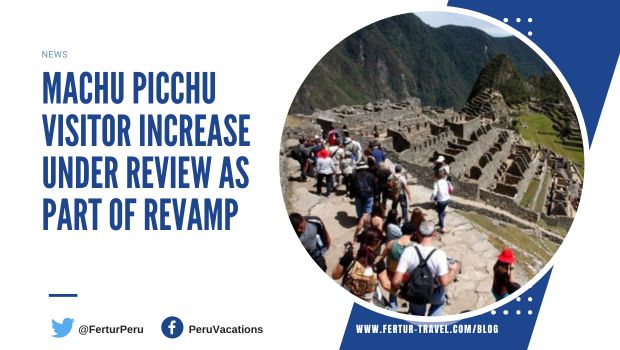 Machu Picchu Visitor Increase Under Review As Part of Revamp
Machu Picchu Visitor Increase Under Review As Part of Revamp 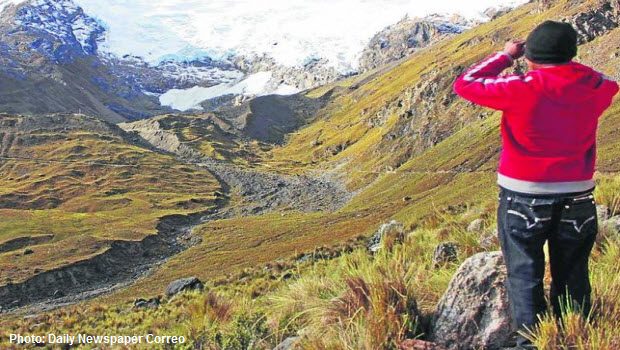 Huaytapallana recovery ~ a spot of good news on Peru’s melting glacier front
Huaytapallana recovery ~ a spot of good news on Peru’s melting glacier front 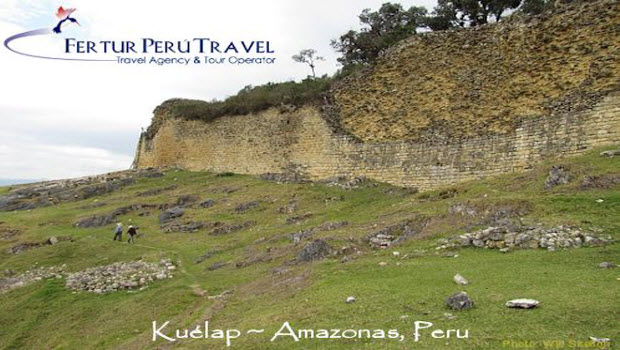 Seven reasons to visit the temple fortress of Kuelap on your vacation to Peru
Seven reasons to visit the temple fortress of Kuelap on your vacation to Peru 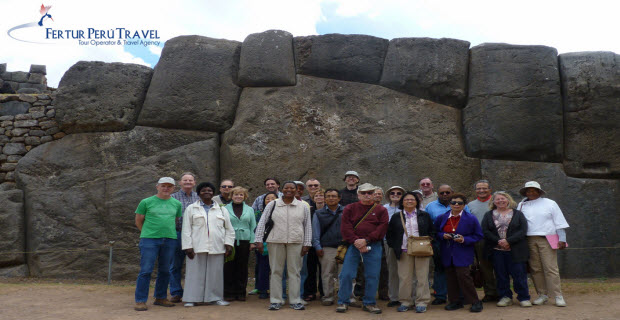 Congratulations to winner of the 2013 Peru Tour & Scrabble Tournament
Congratulations to winner of the 2013 Peru Tour & Scrabble Tournament 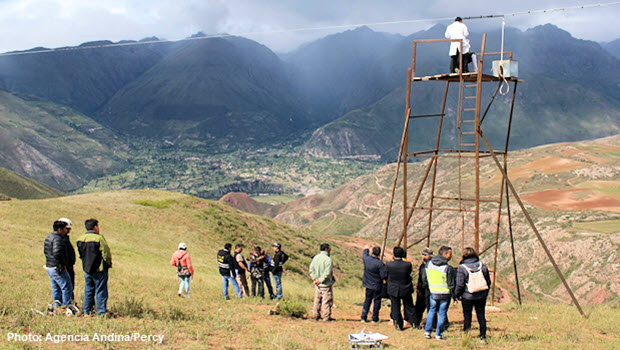 No Suspension of Adventure Sports Tourism in Cusco
No Suspension of Adventure Sports Tourism in Cusco 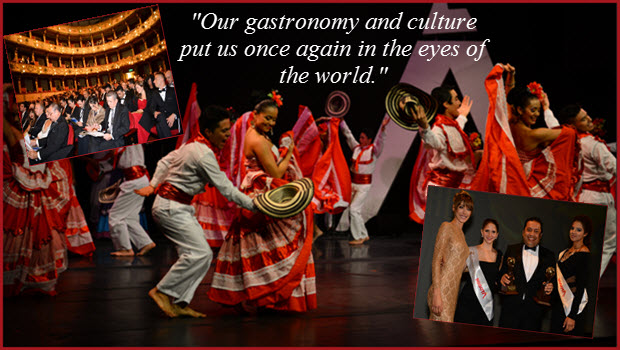 Peru Wins: South America’s Top Culinary & Cultural Destination
Peru Wins: South America’s Top Culinary & Cultural Destination 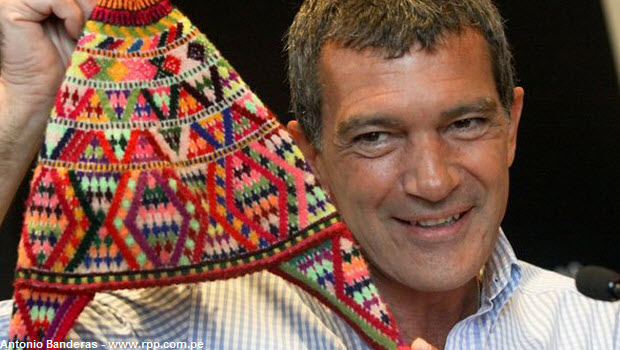 Antonio Banderas’ tribute to the Inca Trail, Machu Picchu & Peruvian friends
Antonio Banderas’ tribute to the Inca Trail, Machu Picchu & Peruvian friends